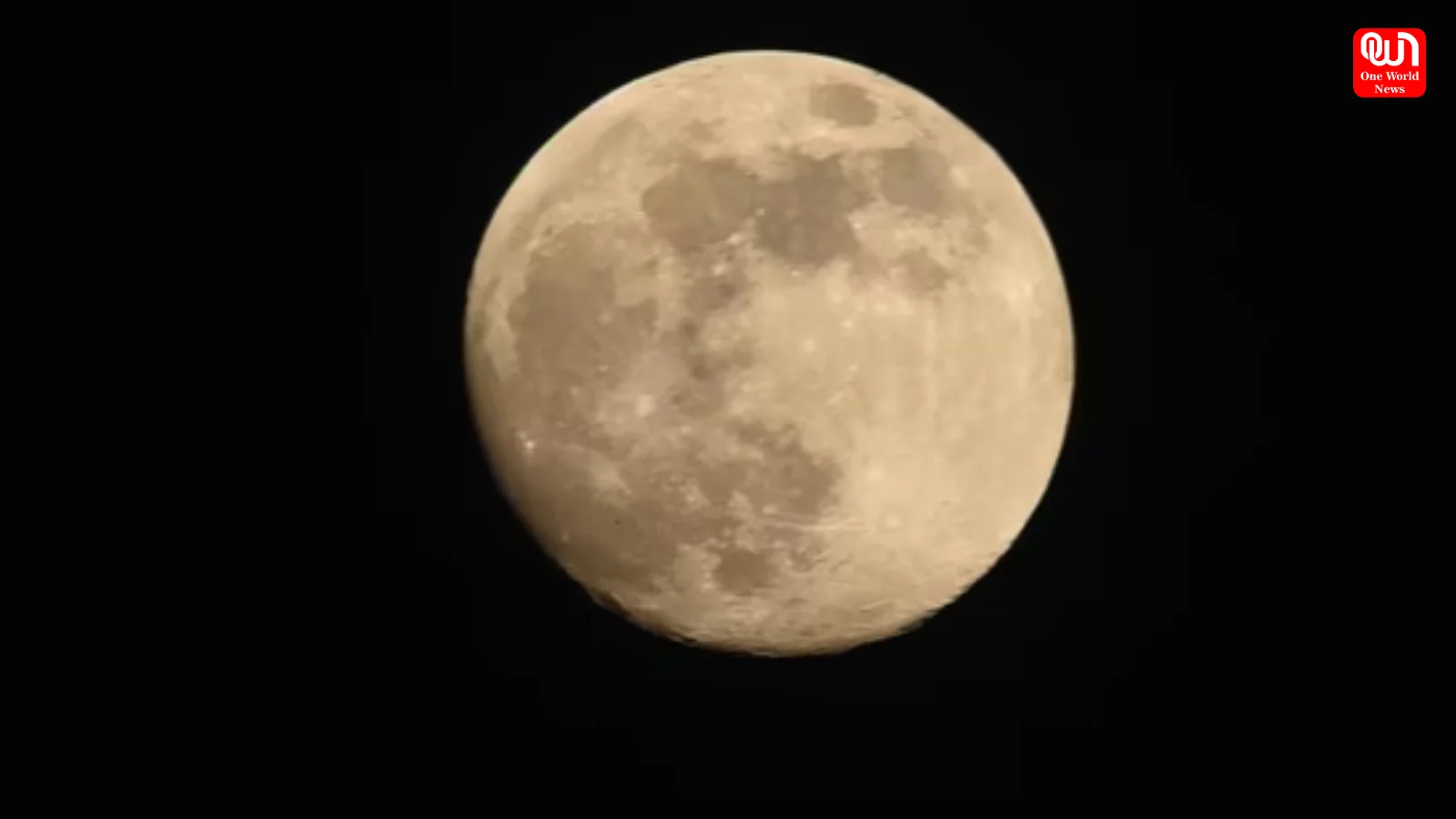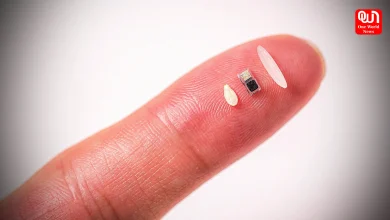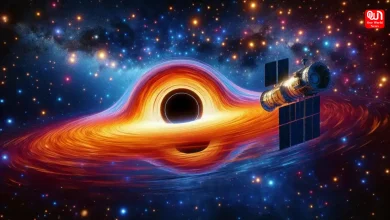Scientists Discover Ancient Volcanic Eruptions on Moon’s Far Side
Scientists have uncovered evidence of ancient volcanic activity on the Moon’s far side, reshaping our understanding of lunar history.
Scientists Discover Ancient Volcanic Eruptions on Moon’s Far Side

Recent investigations of the Moon’s far region exposed new data on previous volcanic activity on the Moon’s surface. The acknowledged discovery was made based on the material collected by the Chinese Chang’e 4 probe that landed on the far side of the Moon in 2019. This mission helped the scientists explore new areas with a relatively rich geologic history and various formations.
The far side of the Moon is rougher with fewer maria – large dark areas that are, in fact, flat plains made of basalt- than the near side of the Moon because it is always facing away from Earth. The prior explanation of this phenomenon was due to the fact that the near side of the moon had a thinner crust as well as higher heat that once prevailed I billions of years. But according to the new data obtained during the recent research, it seems that the far side also witnessed powerful volcanic eruptions, which should have also originated due to the actions of internal heat and powerful supply of magma at the beginning of Moon formation.
Read More: Mind-Blowing Science Facts: Know the Astonishing Wonders of the Universe
Using spectroscopic analysis of the lunar soil, the investigators were able to detect the presence of volcanic material, pyroclastic flow: materials that are thrown during eruptions. This material is estimated to be about 3.5 billion years old. From the current study, ideas that the lunar volcanoes should have been active earlier than this age are criticised.
The identification of these materials offers important information on the thermal and geological history of the Moon. It also leaves questions for radioactive elements, the uranium and thorium that produces heat within the earth and could have affected the volcanoes in one way or the other.
The discovery of active lunar volcanism on the far side of the Moon poses whatever challenges and prospects for the issue of lunar exploration and habitation. The knowledge of the geology of the Moon will assist in determination of the best spot for scientific exploration and mining of natural products. This find shows the need to research more about the uncharted areas of space objects to learn about their formation and development.
We’re now on WhatsApp. Click to join.
Like this post?
Register at One World News to never miss out on videos, celeb interviews, and best reads.








